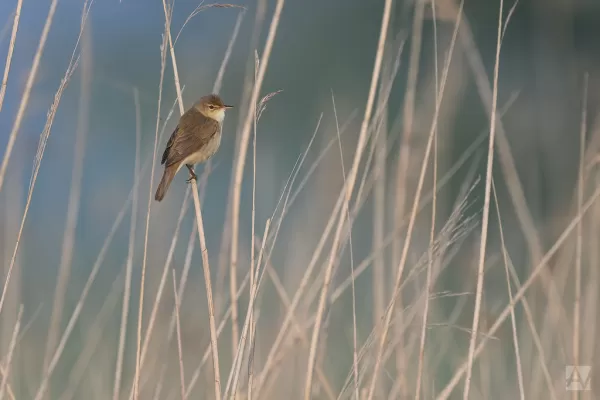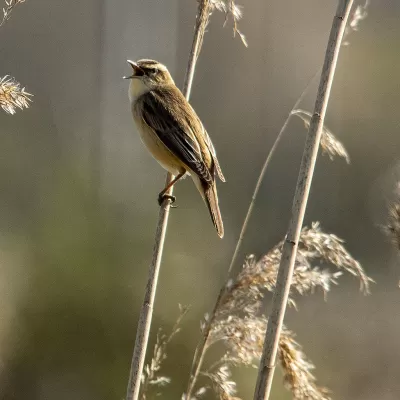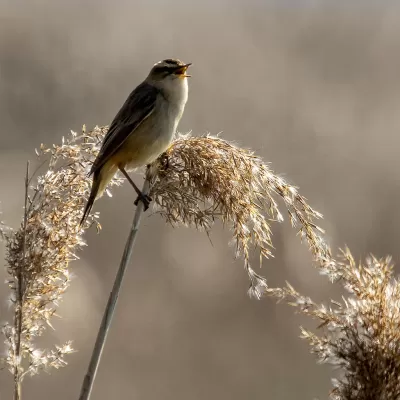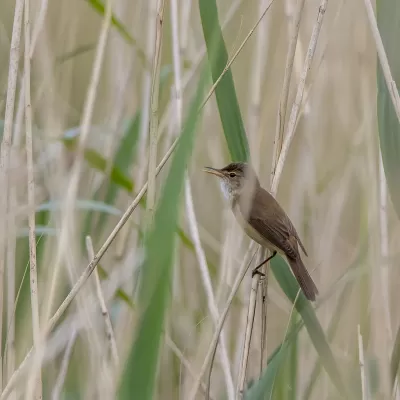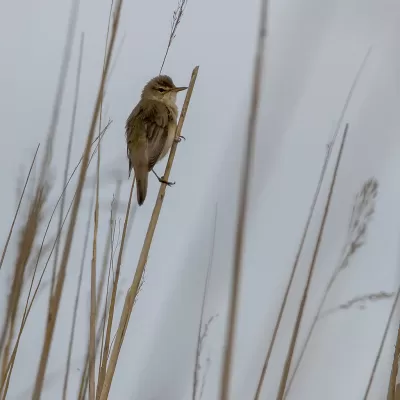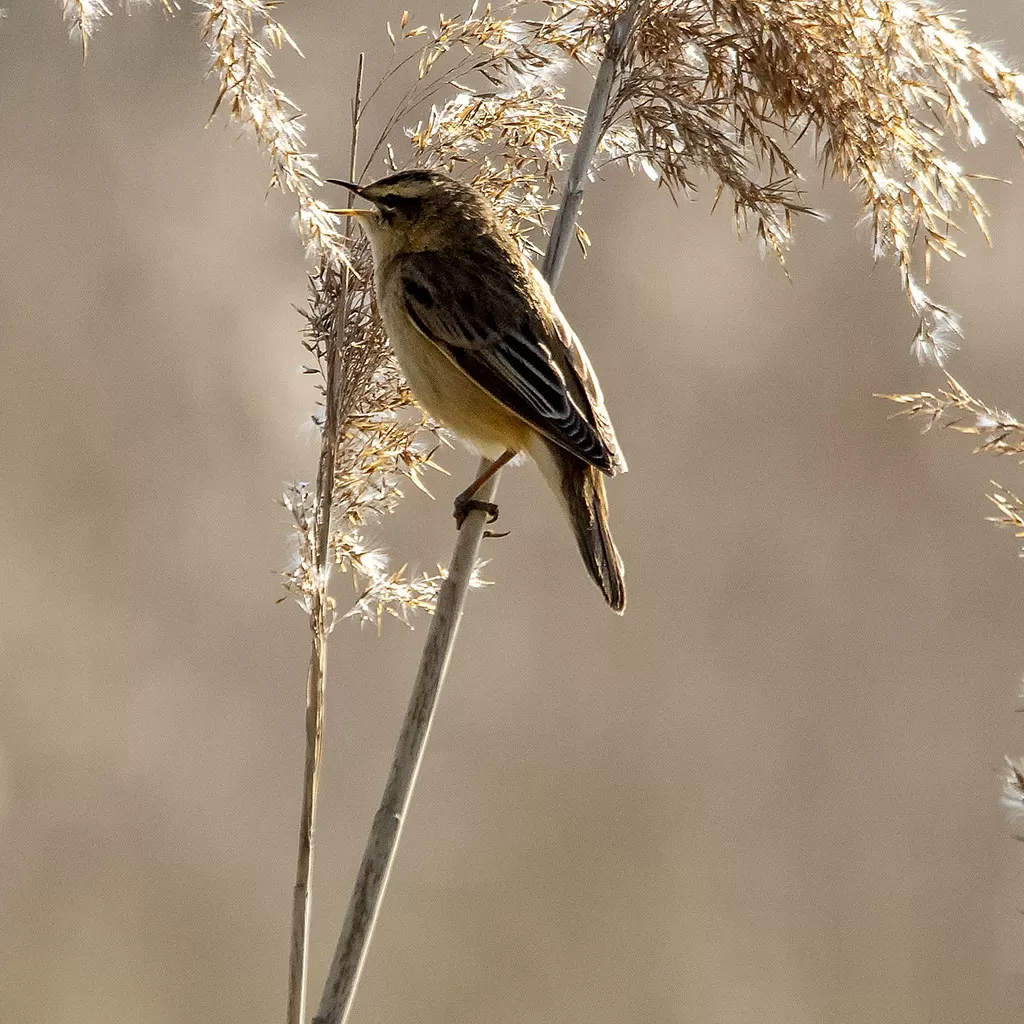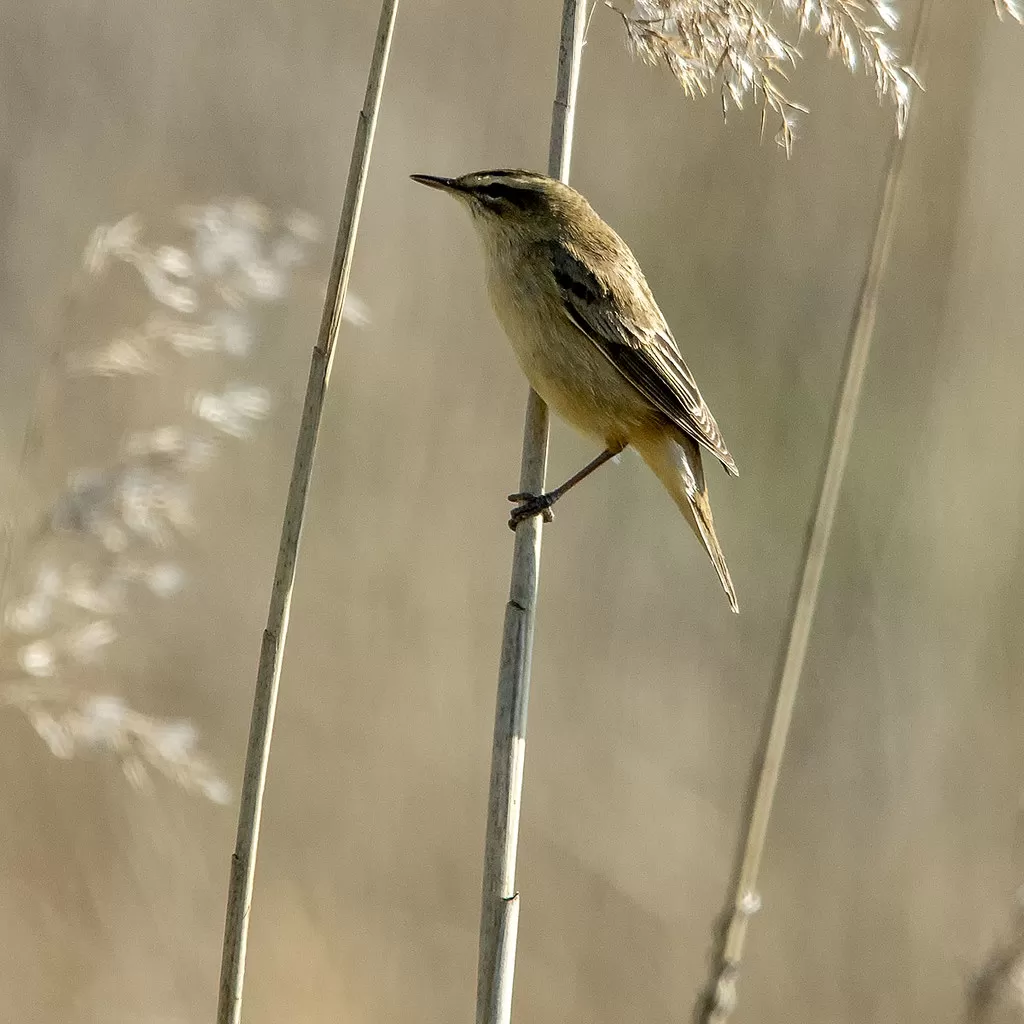
Eurasian Reed Warbler
Eurasian Reed Warbler
35
13 hours ago

N

D
+2
Spotted by
A widespread and common warbler of reedbeds across Europe and Asia, the Eurasian Reed Warbler is notoriously difficult to identify visually from similar species but has a distinct song.
Where to spot
Breeds widely across Europe, temperate Asia, and parts of North Africa in reedbeds, fens, and other dense waterside vegetation. Winters in sub-Saharan Africa.
How to spot
Look for a plain, unstreaked, warm brown warbler with a faint supercilium and long, pointed wings. Visually, it's very similar to other reed warblers. Identification often hinges on its song, a repetitive, chattering 'karr-karr-kreet-kreet' often delivered without mimicry, and its preference for dense reed habitats.
When to spot
Best observed during the breeding season (May-July) when males sing conspicuously from reed stalks. Migrants pass through during spring (April-May) and autumn (August-September).
Where to spot
Breeds widely across Europe, temperate Asia, and parts of North Africa in reedbeds, fens, and other dense waterside vegetation. Winters in sub-Saharan Africa.
How to spot
Look for a plain, unstreaked, warm brown warbler with a faint supercilium and long, pointed wings. Visually, it's very similar to other reed warblers. Identification often hinges on its song, a repetitive, chattering 'karr-karr-kreet-kreet' often delivered without mimicry, and its preference for dense reed habitats.
When to spot
Best observed during the breeding season (May-July) when males sing conspicuously from reed stalks. Migrants pass through during spring (April-May) and autumn (August-September).
The Eurasian Reed Warbler is a common brood parasite victim of the Common Cuckoo, which lays its eggs in the warbler's nest. Despite the vast size difference, the warbler often successfully raises the much larger cuckoo chick.
Loading...
Spotted
- Recently spotted
- 4066 (Seen in the last 3 months)
- Last spotted
- 13 hours ago
12 observations
Loading...


